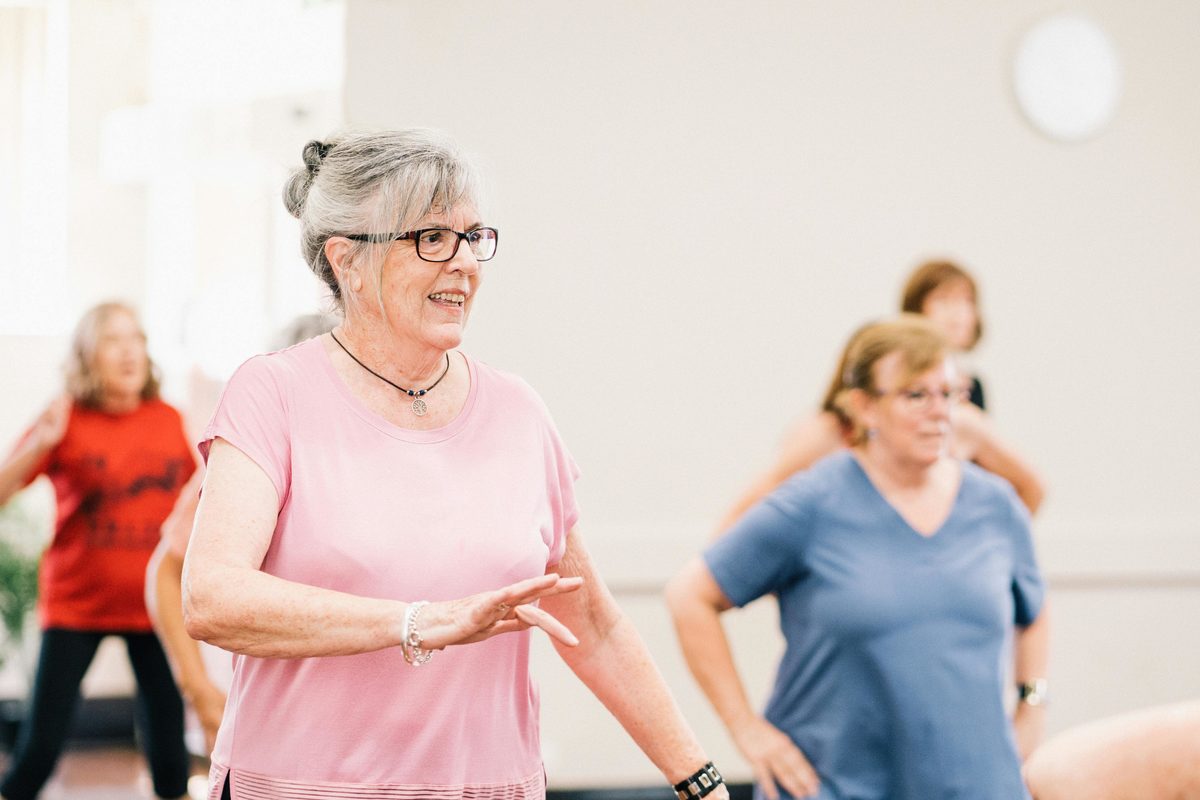Return of Wadawurrung land

Wadawurrung Traditional Owners Aboriginal Corporation chief executive Paul Davis with Wadawurrung woman Macaylah Johnson and her son. Photos: GEORGIA HOLLOWAY
THE first parcel of Wadawurrung land has been returned to Traditional Owners during an inclusive ceremony of reconciliation.
Australia’s largest construction materials and building supplier last week supported the transfer of 3.6 hectares property at Waurn Ponds on the corner of Baanip Boulevard and Ghazeepore Road.
The return of country comes as a result of Boral’s commitment to reconciliation and ongoing partnership with Wadawurrung Traditional Owners Aboriginal Corporation.
Boral chief executive officer and managing director Zlatko Todorecvski said it was an honour to be at Waurn Ponds to witness the historically significant moment.

“Not often a CEO gets to return land to Traditional Owners,” he said
“We are a proud Australian company, and as we celebrate Boral’s 75th anniversary, we proudly acknowledge today’s achievement and what it means to the Wadawurrung people.
“We recognise that returning this parcel of culturally significant land to its Traditional Owners is an important step to help close the gap between the company and our people, and the First Australians.”
Wadawurrung woman Corrina Eccles describes the land as her mother.
“The one thing we have in common today that we can hold onto is that our ancestors walked on the same land we are walking, for thousands of generations,” she said.
It may appear to be a small piece of land but the story it holds is both sad and culturally significant.
In 1861, the land was used as a reserve for the Wadawurrung community despite being smaller than a soccer pitch.
First Nations people were forced to return to the reserve before dark each day, making it impossible to move freely between the reserve and Greater Geelong, as well as providing insufficient space to continue cultural practices.

By 1907 the acre was revoked by the State Lands Department citing insufficient use.
“Wadawurrung people were rounded up and placed on this little one-acre block and made to reside after looking after their own country, owning their own country and continuing to have generations born on their country,” Ms Eccles said.
“A horrific storm came through and greed and harm led to country being dug up.”
Ms Eccles has been visiting the land for more than 17 years. She began voluntarily caring for it and then taking people to the acre to educate them on its significance.
“I shared my journey and put together a wishlist about if we could have this land returned what would that look like to educate the wider community,” she said.
“Our voice is being listened to – the respect has been given.”
Wadawurrung Traditional Owners Aboriginal Corporation chief executive Paul Davis said the land transfer would help provide the “foundation for healing”.
“For the very first time, Wadawurrung land will be returned to its Traditional Owners, this has never happened before and the Traditional Owners are very grateful for that,” he said.

The process for the transfer commenced in mid-2018 in collaboration with Boral, Barwon Water, City of Greater Geelong, Wadawurrung Traditional Owners Aboriginal Corporation and the traditional landowners.
“Wadawurrung country is over a million hectares, which they were dispossessed of and 3.06 hectares has now been given back,” he said.
The land will now be under the ownership of Wadawurrung Traditional Owners Aboriginal Corporation, the registered Aboriginal party representing the interests of the region’s elders, with plans for Traditional Owners to continue using the acre to educate the community.
“The voice I have today I know is paving the way, so it is much easier for my children and grandchildren to stand tall and say Wadawurrung Country is my mother and I belong to her and she belongs to me,” Ms Eccles said.
“It is important that people know the truth telling and can come somewhere and hear those stories.
“It is also for us being able to have these places where we can look after country the way our ancestors did and see what our mother is able to bring back.”

















